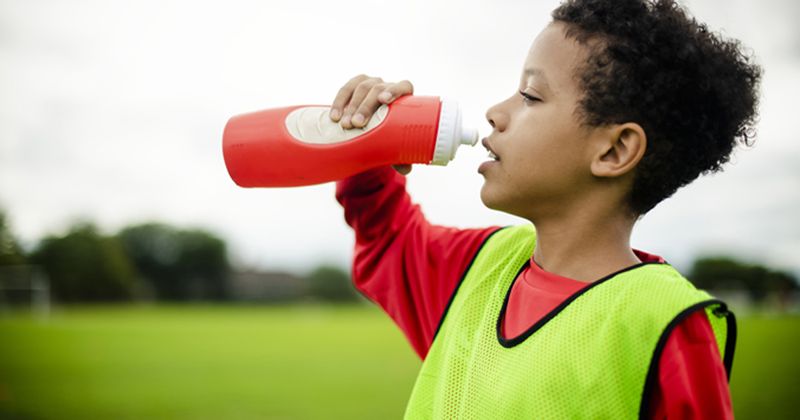Fatigue a mediator between pain interference, physical disability in juvenile arthritis
Key takeaways:
- Fatigue partially mediated the relationship of pain interference with physical disability among children newly diagnosed with JIA.
- Targeting both could mitigate physical disability in early JIA.
Fatigue partially mediates the relationship between pain interference and physical disability in juvenile idiopathic arthritis, according to data published in Arthritis Care & Research.
“The association between fatigue and pain intensity in JIA has been clearly established,” Naomi Choong, BSc, of British Columbia Children’s Hospital, and the University of British Columbia, in Vancouver, and colleagues wrote. “However, the association between fatigue and pain interference has not been specifically investigated. Pain interference can negatively influence quality of life and interfere with daily life. However, the mechanisms by which fatigue, pain interference and physical disability are related are not clear.”

To explore the links between those three domains in patients with JIA, Choong and colleagues analyzed data from the Canadian Alliance of Pediatric Rheumatology Investigators registry. The analysis included 855 patients — 44.1% with oligoarthritis — enrolled in the registry within 3 months of JIA diagnosis between February 2017 and May 2023.
Fatigue and pain interference were reported through PROMIS short questionnaires, while physical disability was reported through the Childhood Health Assessment Questionnaire (CHAQ) Disability Index. Links between fatigue, pain interference and physical disability were tested using Pearson’s correlations and multiple linear regression, while fatigue’s potential mediating role was evaluated using structural equation modeling.
Overall, most patients with JIA reported fatigue and pain interference scores similar to the reference population, the researchers wrote. Among all JIA types, patients with rheumatoid-factor-positive polyarticular JIA reported the highest median scores for fatigue, at 57.7; pain interference, at 58.5; and physical disability, at 1.
According to the researchers, fatigue was strongly correlated with pain interference (r = 0.72; P < .001) and physical disability (r = 0.6; P < .001). Though associated with both, physical disability showed a stronger association with pain interference (beta = 0.027; 95% CI, 0.023-0.032) than with fatigue (beta = 0.013; 95% CI, 0.01-0.017).
The results of the structural equation modeling supported Choong and colleagues’ hypothesis that fatigue is a mediator between pain interference and physical disability, they wrote. Pain interference demonstrated a “substantial association” with fatigue (beta = 0.72) and a “direct association” with physical disability (beta = 0.42), while there was a “modest” direct association of fatigue with physical disability (beta = 0.29), they added.
“Our study shows that the majority of patients with JIA early in the disease have fatigue and pain interference scores within the normal range for the reference population, but a substantial minority have severe fatigue and pain interference, particularly children with RF-positive polyarthritis,” Choong and colleagues wrote. “Fatigue was strongly associated with pain interference among children with JIA, and both were independently associated with physical disability, even after adjusting for confounders.
“As hypothesized, our data support that fatigue partially mediates the relationship between pain interference and physical disability,” they added. “These findings highlight the importance of addressing both fatigue and pain interference to mitigate physical disability in early stages of JIA. Future research should be conducted to develop and evaluate targeted interventions to reduce fatigue and pain interference in JIA.”
